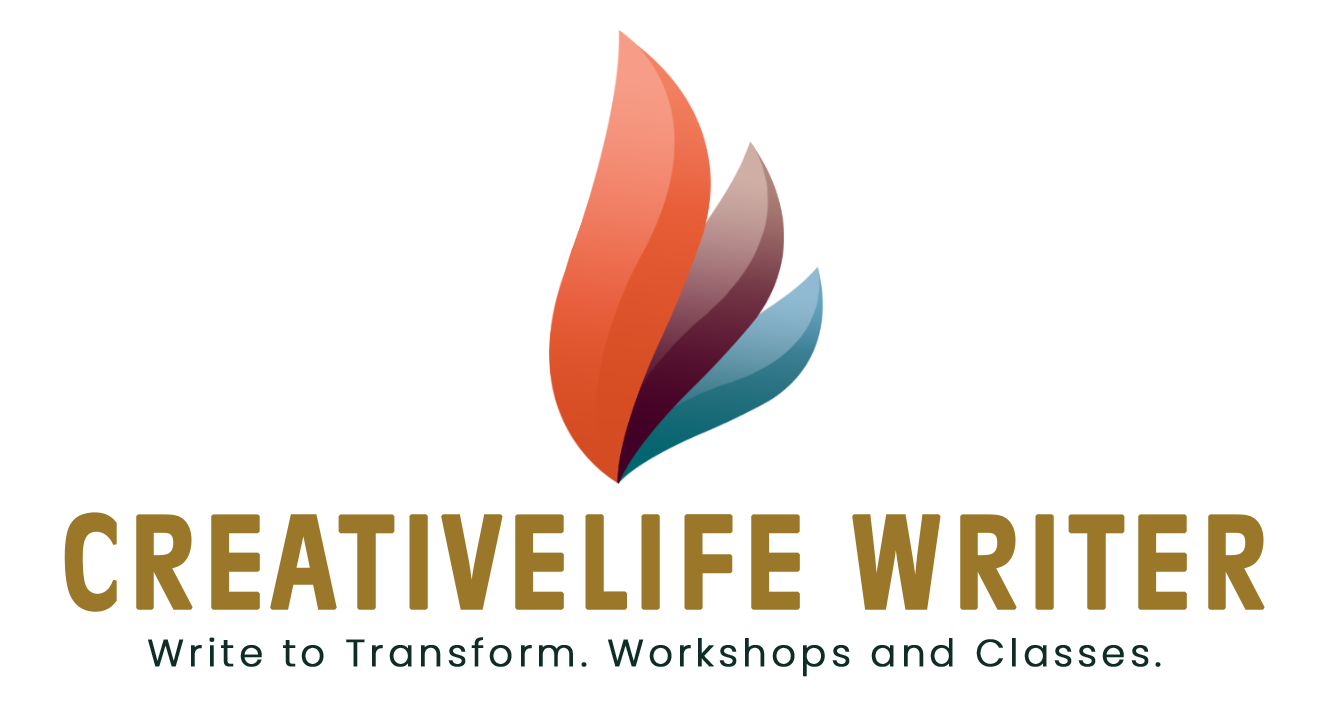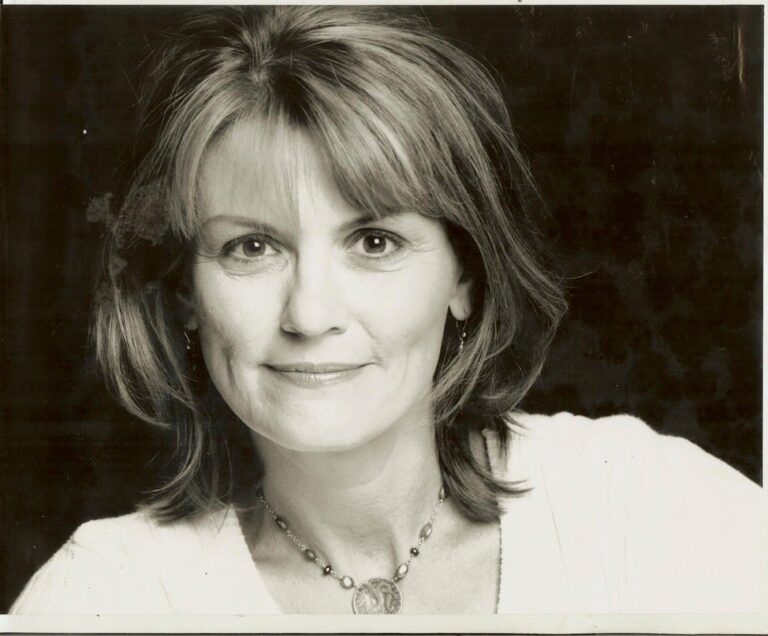- Phone: +1(310)-849-3587

True Confession:
I Learned How to Tell a Good Story After I Stopped Drinking.
13-DEC-2024

Learn the simple 3-step Storytelling Structure Used In Recovery Programs. It Works — Even if You Don’t Have an Addiction Problem.
I learned how to tell a good story after I quit drinking, but you don’t have to give up alcohol to benefit from sharing your personal stories.
Writing about your life can be powerful for anyone—though be warned: If you write your story using the 3-Step Structure below, you might discover things about yourself you’d rather not.
Self-reflection brings sanity when you’re sick and tired of doing what you’ve always done.
The simple 3-step Structure for telling your personal story is:
- What It Was Like
- What Happened
- What It’s Like Now
Below is an example of me using the story structure to share 1) what it was like when I drank, 2) what happened that inspired me to quit drinking 3) what it’s like after I quit.
What Was It Like?
Before March 1986, I danced at the discos. I drank white wine before dinner and margaritas after. I found excuses to eat dinner out several nights a week. Life unfolded like chapters out of The Great Gatsby.
Except for that one time, I vomited all over the sidewalk in front of the picture windows in Don’s Fish Market, where several customers ate expensive fish dinners. I gag remembering it.
Oh, and that other time I . . .
. . . Hm mm, let’s just say I had fun drinking, and I didn’t want to stop the merry-go-round of parties. Flip through my vintage photo albums from my drinking days. You’ll see me dancing, talking, eating, and on vacation … with a drink in one hand and a cigarette in the other.
In every photo, I’m smiling— except when a photographer caught me unaware. Then, you can see hints of sadness, anger, and loneliness behind my party mask.
Life was fun! Then it wasn’t fun anymore.
The lyrics to a Peggy Lee song described how I felt when it stopped being fun: “Is that all there is, my friend? Then let’s keep on dancing.”
What Happened?
As I drank more, I made rules for myself.
- I’d never drink more than two drinks on a work night.
- I’d never have sex or sleep with a man on a first date.
- I’d never have sex with a married man.
- I’d never date a client and never, ever in a thousand years, have sex with one.
- Etc., etc., etc.
I broke one rule after another. Then, On March 12, 1986, I woke up in a married client’s bed after having drank a couple of bottles of wine.
I woke up at 4:00 a.m. My mouth tasted like dirt. My clothes smelled like smoke and vomit. My ears buzzed in tune with the hangover headache. I slipped out of bed and did the walk of shame to my office on Michigan Avenue in Chicago.
I’d crossed a line of rules I’d promised I’d never cross. No more excuses.
Hands shaking, I called an acquaintance who’d been sober for several years. She invited me to a noon meeting with others who’d stopped drinking.
I caught a cab and went to the noon meeting— in the basement of a church. All nine people sitting around the table shared their stories: 1) what it was like before they quit drinking, 2) what happened that made them stop drinking, and 3) what their lives were like now that they hadn’t drunk for a time.
In that church basement, surrounded by people who were bravely sharing their lives, I felt like an alien who landed on Planet HOME. I left the meeting inspired to give up drinking, and I did. I haven’t drunk since that day, 30-something years ago,
. . . .one . . .
. . . day at a time.
I also learned a simple way to tell any personal story. This Structure was something I would return to repeatedly in recovery and later when I became serious about becoming a writer.
What’s It Like Now?
Getting sober and writing stories about my experiences helped me find answers to a question I didn’t yet have an answer to.
“Tell me, what do you plan to do with your one wild and precious life?” — Mary Oliver, Poet.
I’ll write my answer to that question in another email.
In the meantime, feel free to start writing your stories with the three-step storytelling structure. It’s a great way to discover your own answer to that question.
What do you plan to do with your one wild and precious life?
Really, I’m interested. Let me know in the comments.

